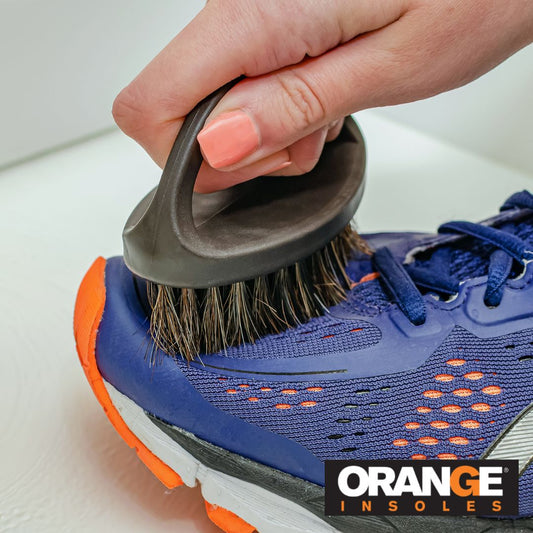If you suffer from migraines well, first of all, we’re sorry. Migraine pain is the worst and if you’ve never had one there’s no way to understand just how awful they are. If you’re a frequent migraine sufferer, you’ve probably tried everything you can think of to stop them.
Because getting one will stop you in your tracks.
From medication to herbal remedies and massage, you’ve probably tried it all. But before you can stop your migraines, you have to understand what causes them. Because treating the symptoms won’t stop them from coming back. While the causes (or triggers) can be different for everyone, there’s a common one that many might not even consider; alignment.
Your Spine & Migraines
While it’s always good to check with your primary care physician if you suffer from frequent headaches or debilitating migraines, many people look into external causes of migraines (dehydration, weather changes, and even some food and drink triggers) before looking at their own bodies.
When your spine is not functioning properly it can put pressure on your nervous system and your nervous system stretches throughout your whole body…even into your neck and head. When these nerves are irritated, you could end up with a headache or migraine.
The spinal column is meant to support the body and any subluxation throughout the column can put extra strain on the muscles of the neck because they will try to support the head if the spine can’t (and the head is heavy!). This overcompensation of the muscles will cause an imbalance and tension which can lead to pain. When your spine is misaligned and there is pressure on the nerves where there normally wouldn’t be, the nerves that travel through the spine, into the face and neck can be impacted.
If you’ve ever had pain in your face or felt the need to rub the base of your neck during a migraine, you might want to consider that spinal misalignment could be a cause.
Sometimes, headaches might present as migraines but could be what are called, cervicogenic headaches; headaches rooted in the cervical spine (neck) or base of the skull region. These headaches can present as migraines but are primarily caused by problems with the nerves, bones, or muscles in the neck.
Like migraines, with these headaches you might experience;
- pain on one side of your face
- a stiff neck
- pain around the eyes
- a stiff neck
These headaches, just like migraines, can be debilitating and recurring.
Preventing Migraines and Headaches
If you believe misalignment and extra tension could be the cause of your headaches, we have suggestions that could help. You should always see a doctor to be sure and remember that these are just suggestions and not meant to be treatment plans.
Exercise
While it’s probably the last thing you want to hear, exercise can actually help prevent migraines and headaches. “Several studies have shown that regular aerobic exercise can help make migraines come less often and make them less severe,” says Nada Hindiyeh, MD, a clinical assistant professor of neurology.
Regular exercise can help relieve stress and tension which could be a cause of migraines. If you’re worried that exercise could trigger a migraine, start slowly.
- Start with a ten minute walk and work your way up
- Complete a significant warm up and cool down (don’t start and stop abruptly)
- Hydrate (dehydration can cause migraines!)
- Exercise in a temperature controlled environment (extreme heat can trigger migraines)
The bottom line is, regular movement can help keep your blood flowing, your muscles moving, and your body in a condition where migraines will occur less frequently.
Stretching
If your headaches are caused by extra tension, it makes sense that certain types of stretching, like Yoga, would ease the pain and frequency of these headaches.
Studies show that overall, yoga improved the cardiac autonomic balance. Disturbances in the autonomic nervous system and in the regulation of the circulatory system are associated with migraines. If balance is restored, the likelihood of a migraine is reduced.
Yoga and stretching can:
- Calm the nervous system
- Open and release tension in the chest, heart, and shoulders
- Reduce anxiety and stress
- Increase circulation to the brain (migraines are often caused by restricted blood vessels)
Poses/Stretches to Try:
- Downward Dog
- Bridge Pose
- Child’s Pose
- Neck rolls
- Cat Cow
- Shoulder rolls
- Forward Fold
Improve Alignment
Frequent stretching and exercise will naturally improve your alignment over time but if you are considerably misaligned you should consider seeing a chiropractor.
You should also work to improve your posture when sitting at a desk.
- Don’t cross your legs
- Keep your computer at eye level
- Keep your shoulders back (don’t slouch!)
- Take frequent breaks to get up and move
You’ll also want to make sure you’re aligned even when you’re not sitting. The right insoles can help keep you supported all day long and help improve your alignment over time. Whether you’re at a desk, taking a quick walk, or making a presentation, the right posture and support can make all the difference.
Our alignment impacts almost everything in the body from the way we look (hunched shoulders) to the way we feel. Misalignment can also cause frequent illnesses, digestion issues, fatigue, and of course, migraines and headaches.
So if you’ve tried medications and heating pads and cut out certain foods and are still getting migraines, it might time to take a look at your alignment, your exercise routine, and your posture.

























































